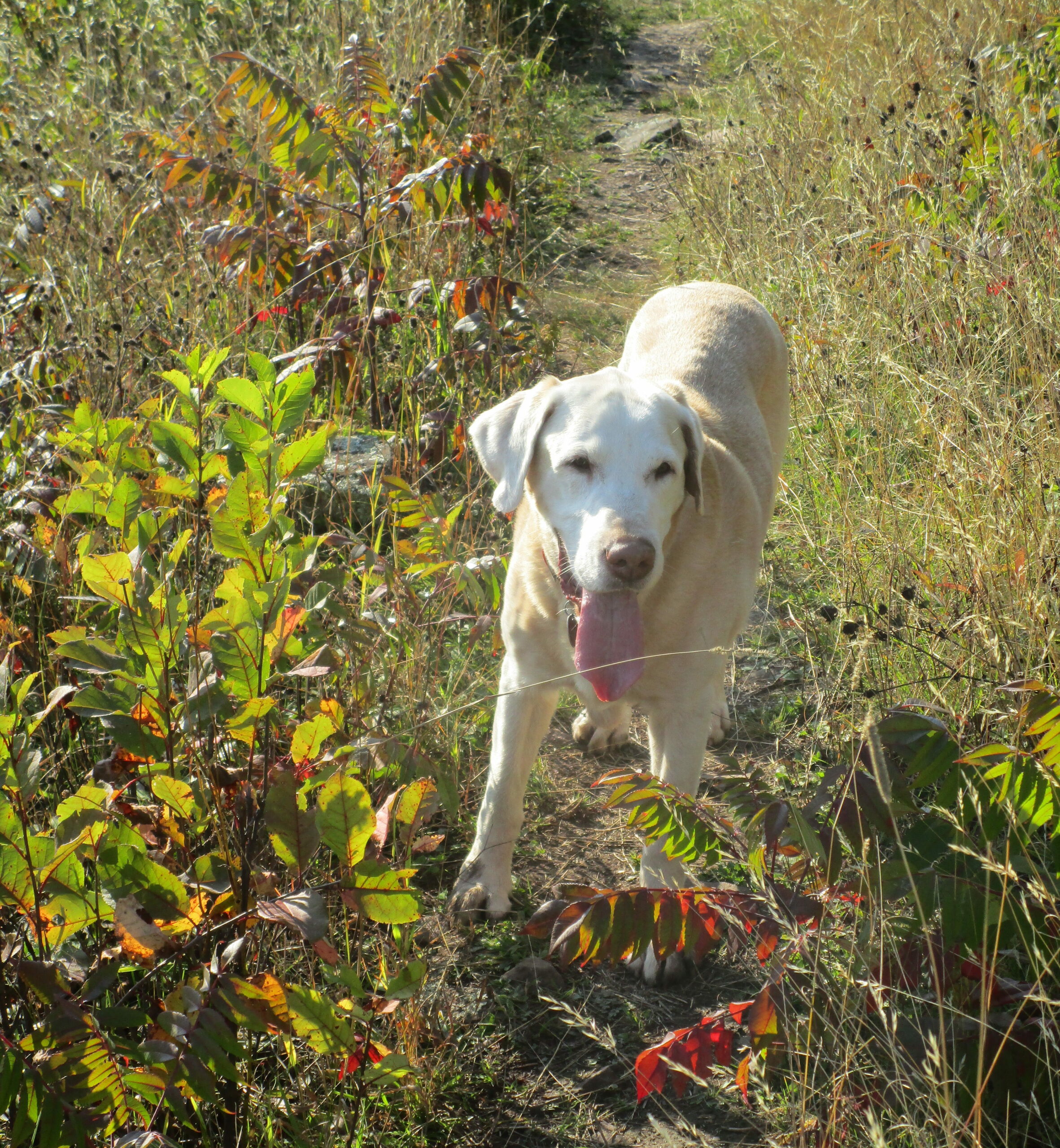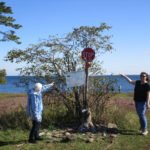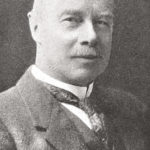Longtime grouse hunters have a list of places where they used to go hunting. Trees grow old. They fall down or are cut down. Over a span of a decade or more, a familiar forest can change so much that it becomes hard to recognize. Old logging roads and trails disappear and new ones are made.
My list of former hunting spots is lengthy. Some of them have sprouted new homes. Often I can no longer find the trails I use to walk. In others, the forest has aged and no longer supports the birds it once did. Many places hold fine memories. Sometimes I visit them just to think about the past.
My favorite hunting spots are ones where old logging roads allow you to disappear into the woods for a while. Using the road as a base, you can wander about, making little detours to check out productive cover or seek to surprise some mallards on a secluded beaver pond. Cross-country roaming is never easy in the boreal forest, because you can be stymied by blowdowns and thick cover. During recent winters, heavy, wet snows have pulled down the underbrush, which failed to return to an upright position when the snows melted in spring. As a result, many old logging roads are now blocked by impenetrable tangles of tag alders. The only way to reach the places where these roads lead is to bushwhack through the woods parallel with the road; a less-than-pleasant proposition. I’ve found it is best to just go elsewhere.
This year, I’ve been on a quest to discover some new pathways into the forest. I’ve been lucky enough to find a few that lead, by new routes, to familiar places. This has been especially important because my old dog, Tanner, now 13, still wants to hunt, but his tired old bones do best when he can pad along a trail. Rainy, his two-year-old protégé, fairly sizzles with energy, quartering back and forth in a ceaseless quest for grouse. He’s good, but Tanner isn’t out of the game. I smile every time a grouse flies up from the old dog’s nose.
Bird numbers this fall have been better than I expected, but not as good as the DNR predicted. This isn’t surprising. We were drenched by rain all summer, which undoubtedly reduced nesting success and brood survival. Nearly all of the birds I’ve flushed this autumn have been singles. The birds I’ve killed have been a mix of young of the year and adults.
The dogs and I make long and tiring tromps, rarely having more than a bird to show for our effort, or, just as often, a couple of empty shot shells. Tanner does fine as long as the temperature is in the 50s or cooler. On warm days, he has breathing issues that cut short the hunt. I’m just happy he can tag along.
A couple of months ago, Tanner had a bout with an ailment called vestibular disease, which is best described as a sudden onset of incapacitating vertigo that affects old dogs. He woke up one morning unable to walk and with blood in his stool. A veterinarian quickly diagnosed it as vestibular disease and said it would pass within a few days. The bloody stools were caused by a stress-induced inflamed colon. Tanner was prescribed an antibiotic for the inflammation and an over-the-counter travel sickness medicine for the spins. While he walked like a very drunken sailor for couple of days, he recovered in about a week.
While a light, daily dose of anti-inflammatory medicine keeps him limber, Tanner is no longer a hard-charging hunter. He has trouble clambering over blowdowns and marching through high grass. He can still hear, but can’t discern what direction the sound is coming from. When I call come, if he can’t see me, he is likely to go in the opposite direction. This means I have to keep an eye on him when we are off trail so he doesn’t wander away.
While some hunters retire their older dogs when they are no longer at peak performance, I’m content to make a few accommodations so Tanner can tag along. Equally important, Rainy is still getting plenty of hunting experience. As with any young Lab that shows promise, he just keeps getting better.
As for nostalgia from favorite coverts, we’ve had some satisfying hikes. Last weekend we went back into some country where in the past I’ve chased around some nice bucks, discovered a few moose antlers and shot a few birds. We had to detour around some beaver flooding to get there. Five trumpeter swans, two adults and three cygnets, marked our progress.
We followed a ridge that I first walked before it was logged. Now, two decades later, the forest is growing up again. It appears to be perfect grouse cover, but we flushed nary a bird. Following old logging roads that now are seldom-used ATV trails, we passed places I once shot a deer, missed a deer or dragged a deer. It was good to think about those times. Eventually, we reached a small trout stream that lies at the end of the trail. I could have bushwhacked a mile or so and circled back, passing a pond where mallards often hang out, but I wasn’t sure Tanner was up to it. So we went back the way we came.
The next afternoon we roamed into some country where I accompanied my late father on his 2000 moose hunt. At that time, much it was newly logged and stiff with moose. Now it has grown up so much that much of what I knew then was unrecognizable. Moose sign was slim. But it was fun thinking about Dad and one of the greatest hunts of his life. The dogs put up a half-dozen birds, too.
Driving home, I thought about the period in my life when I was able to place a high priority on grouse hunting, getting out several times a week during the prime days of October. Now, with a busy schedule, most of my hunting is confined to weekends. Perhaps I’ll play hooky this week. October only lasts so long. Now is the time to make future memories.




